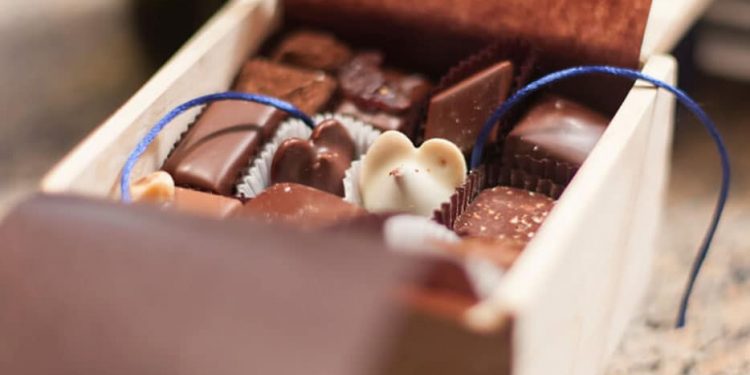Sydney: Daily tasks such as cutting, tearing or twisting open plastic bottles, chocolate packaging and containers at home also generate small amounts of microplastics – pieces of plastic that pollute the environment and may risk humans, warn researchers.
Microplastics are generally believed to originate directly from industry, for example as cosmetic exfoliates, or indirectly from the breakdown of larger plastic items over time.
Researchers at the University of Newcastle in Australia monitored the generation of microplastics during the tearing open of chocolate packaging, cutting of sealing tapes and opening of plastic bottle caps.
The generation of microplastics during these processes was confirmed using chemical tests and microscopy, said the study published in the journal Scientific Reports.
The researchers found that different shapes and sizes of microplastics were generated during tearing or cutting. These included fibres, fragments or triangles, ranging from nanometers to millimeters in size. Fragments and fibres were generated most often.
They estimated that ten to 30 nanograms (0.00001-0.00003 milligrams) of microplastics may be generated per 300 centimetres of plastic during cutting or twisting, depending on the opening approach and conditions of the plastic, such as stiffness, thickness or density.
“Everyday activities such as opening plastic bags and bottles could be additional sources of small quantities of microplastics,” the researchers noted.
However, their risk, possible toxicity and how they may be ingested are not yet resolved and further research into human exposure is needed, the study said.
The finding sends an important warning that we must be careful when opening plastic packaging, if we are concerned about microplastics and care about reducing microplastics contamination.







































